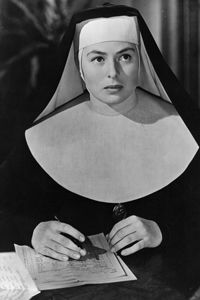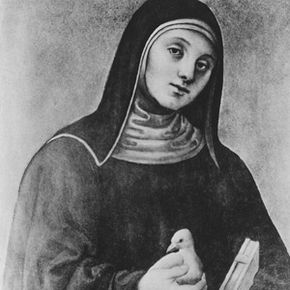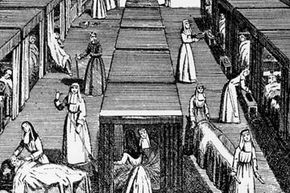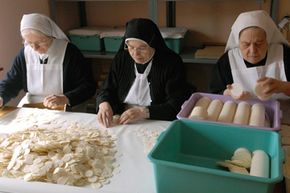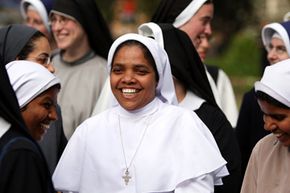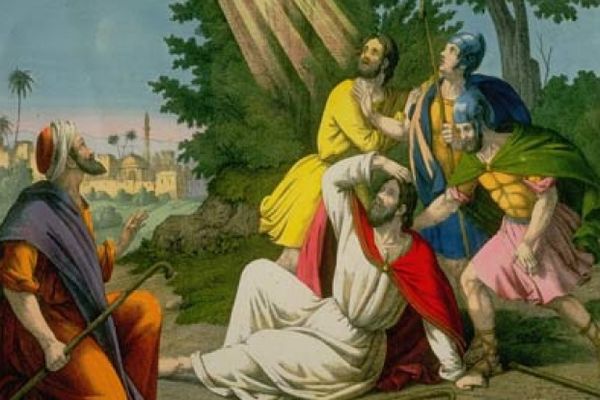If you only know about nuns through movies and television, then you might think that all nuns wield rulers while singing, dancing and flying. When the ruler comes out, beware -- that's a sign that the nun is mean or frigid. On the other hand, movies like "Sister Act" and "The Sound of Music" have shown that nuns have a soft spot for a good dance number and for families escaping from Nazis. And perhaps most bizarrely, Sally Field showed the world that nuns can actually fly, in the late-1960s sitcom, "The Flying Nun."
It's probably easy for screenwriters to ascribe such odd traits to nuns because many of us know so little about a nun's life. By definition, a nun has set herself apart from the world in order to lead a more spiritual life, one with vows of poverty, chastity and obedience. Such a remarkable stand can seem intimidating to people both religious and nonreligious. In this article, we'll try to look under the habit -- metaphorically, of course -- to understand women who follow a call toward the divine.
Advertisement
First, though, some vocabulary. Many religious communities, including Anglicans and Buddhists, have nuns, but in this article, we'll discuss Catholic nuns -- as that's what most people tend to think of when they hear the word "nun." Interestingly, though, not every Catholic woman who takes vows and claims to be a "bride of Christ" is a nun. Women who retreat from the world to live in a convent or a monastery are nuns; whereas women who remain in the world, teaching in schools, working as nurses or staffing homeless shelters are, strictly speaking, sisters. In the Catholic community, the terms tend to be used interchangeably, but understanding the difference between a contemplative nun and a sister active in worldly ministry is necessary for appreciating some milestones in the history of these women. We'll begin exploring this history on the next page.
